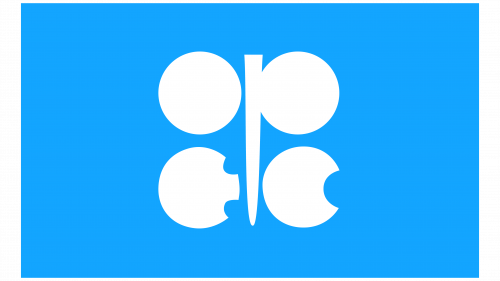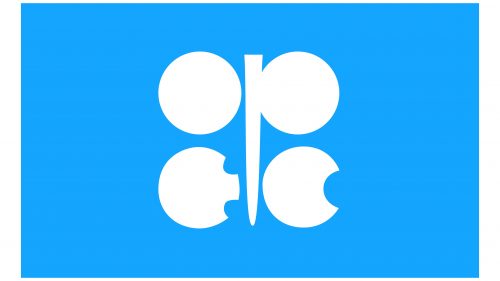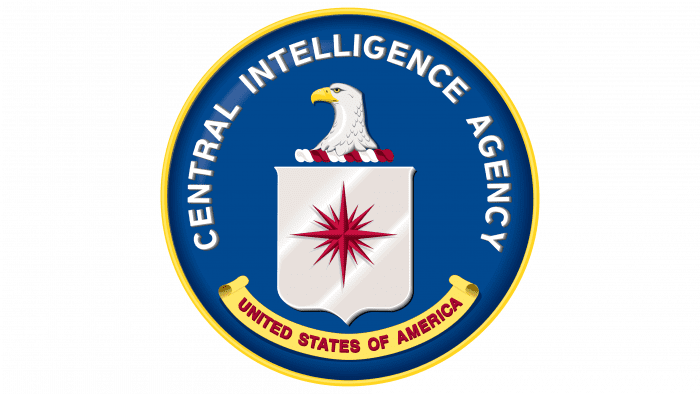OPEC: Brand overview
In 1960, an association of major oil-producing countries, OPEC, emerged with Iran, Iraq, Kuwait, Saudi Arabia, and Venezuela as its first members. The main purpose of this association was to collectively stabilize fluctuating oil prices, ensuring a constant flow of revenue for the member countries.
In the following decade, more and more countries joined OPEC, increasing its influence and clout in the global oil market. The 1970s became a turning point in OPEC’s activities when it strategically organized embargoes and reduced oil production, provoking sharp price spikes. As a result, the balance of power shifted in favor of oil producers, weakening oil corporations’ position.
By the 1980s, however, the situation began to change. OPEC’s dominance in the oil market suffered a setback, affected by rising oil production outside the organization’s member countries, internal disputes, and cases of quota circumvention. However, at the dawn of the new millennium, OPEC’s authority was revitalized by a surge in demand from Asian countries and moderate supply growth. However, advances in fracking technology and growing environmental concerns posed a new challenge to OPEC’s dominance.
Today, OPEC, comprising 13 countries, accounts for nearly one-third of global oil production. Although its influence in the market has experienced ups and downs over the years, it still plays an important role in shaping oil supply strategies and policies.
Meaning and History
1960 – today
The OPEC logo is ingeniously designed around the abbreviation derived from “Organization of the Petroleum Exporting Countries,” using the stylization of four circular geometric shapes to spell out its name. Each letter is capitalized, transforming these shapes into a visual representation of the organization’s initials. The “O” is a solid white circle, while the “P” features a sharp leg acting as a dividing line. The “E” is depicted as a circle with two indentations, and the “C” has a single indentation placed in the center.
These innovative designs are set against a bright blue rectangular background, which stretches horizontally across the logo, providing a striking contrast that makes the white and indented shapes stand out. The organization’s creatively styled name occupies the central part of the logo, drawing attention to its identity and mission.
This logo’s design cleverly encapsulates the essence of OPEC, using simple yet symbolic geometric figures to convey its name visually. Using circles and indentations to represent the letters is a testament to creative design and reflects the unity and cohesion among the member countries. The bright blue background symbolizes the organization’s global significance, while the overall composition of the logo communicates OPEC’s central role in the world’s petroleum export industry.





